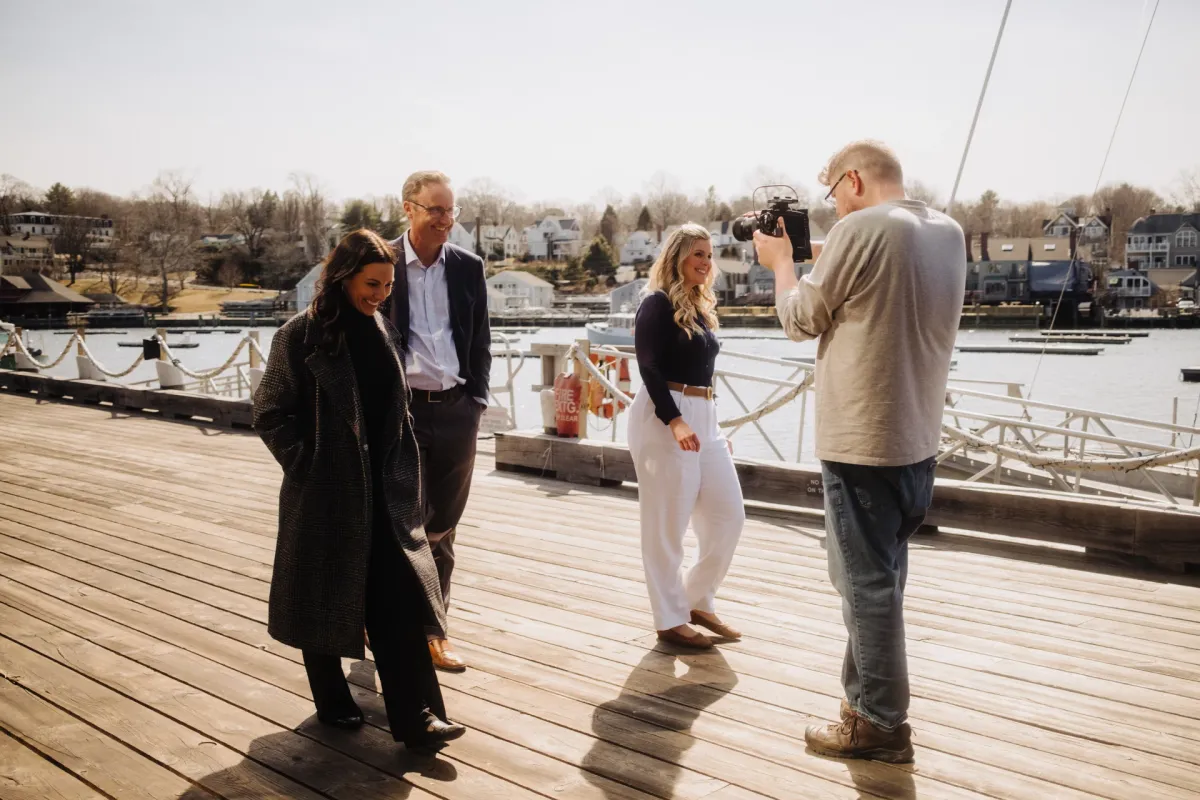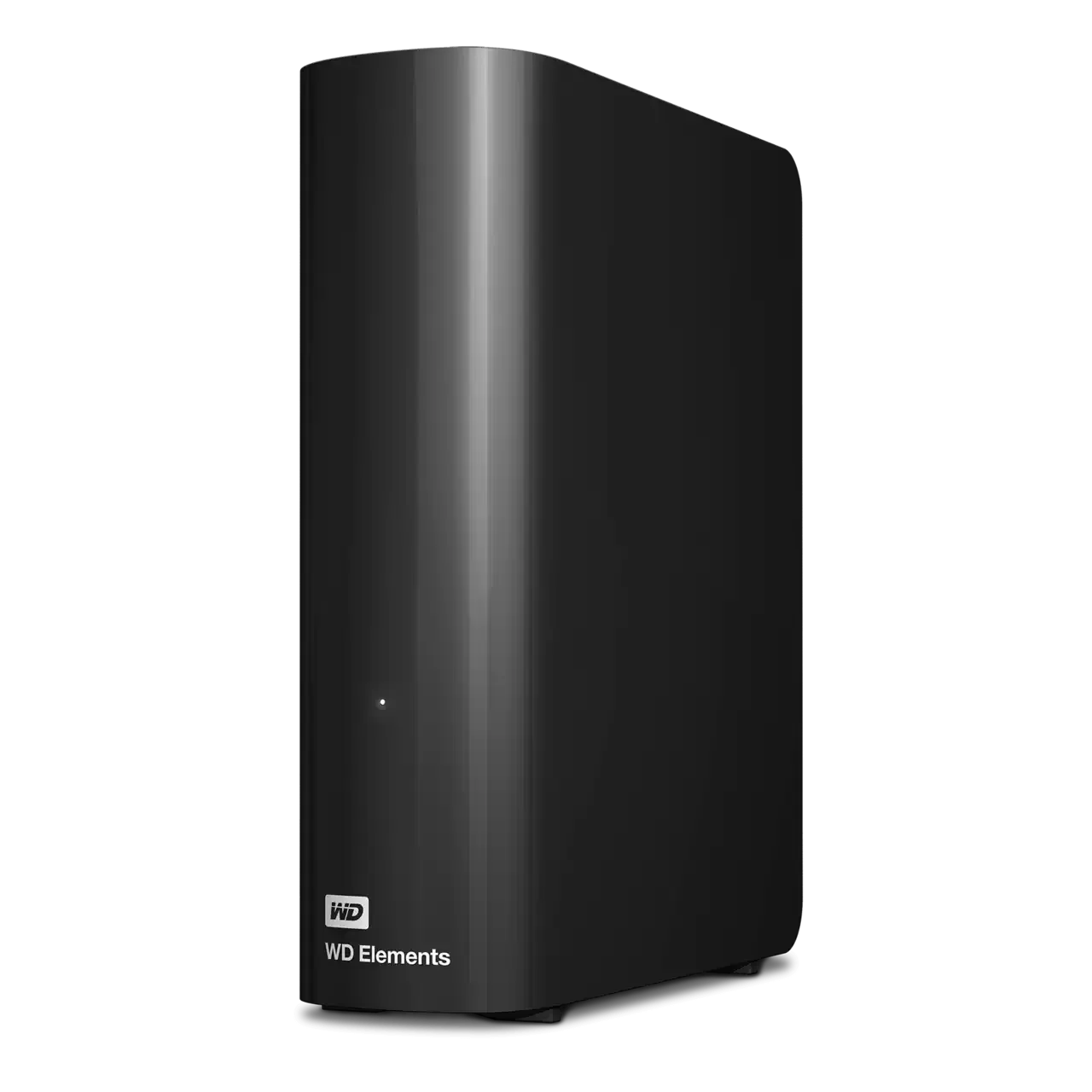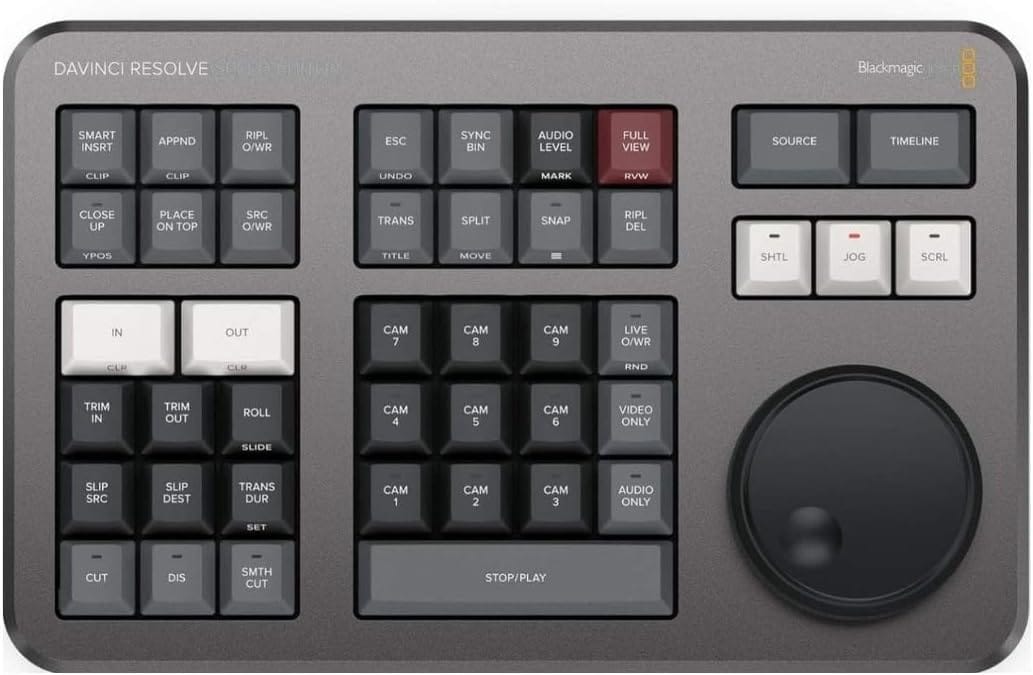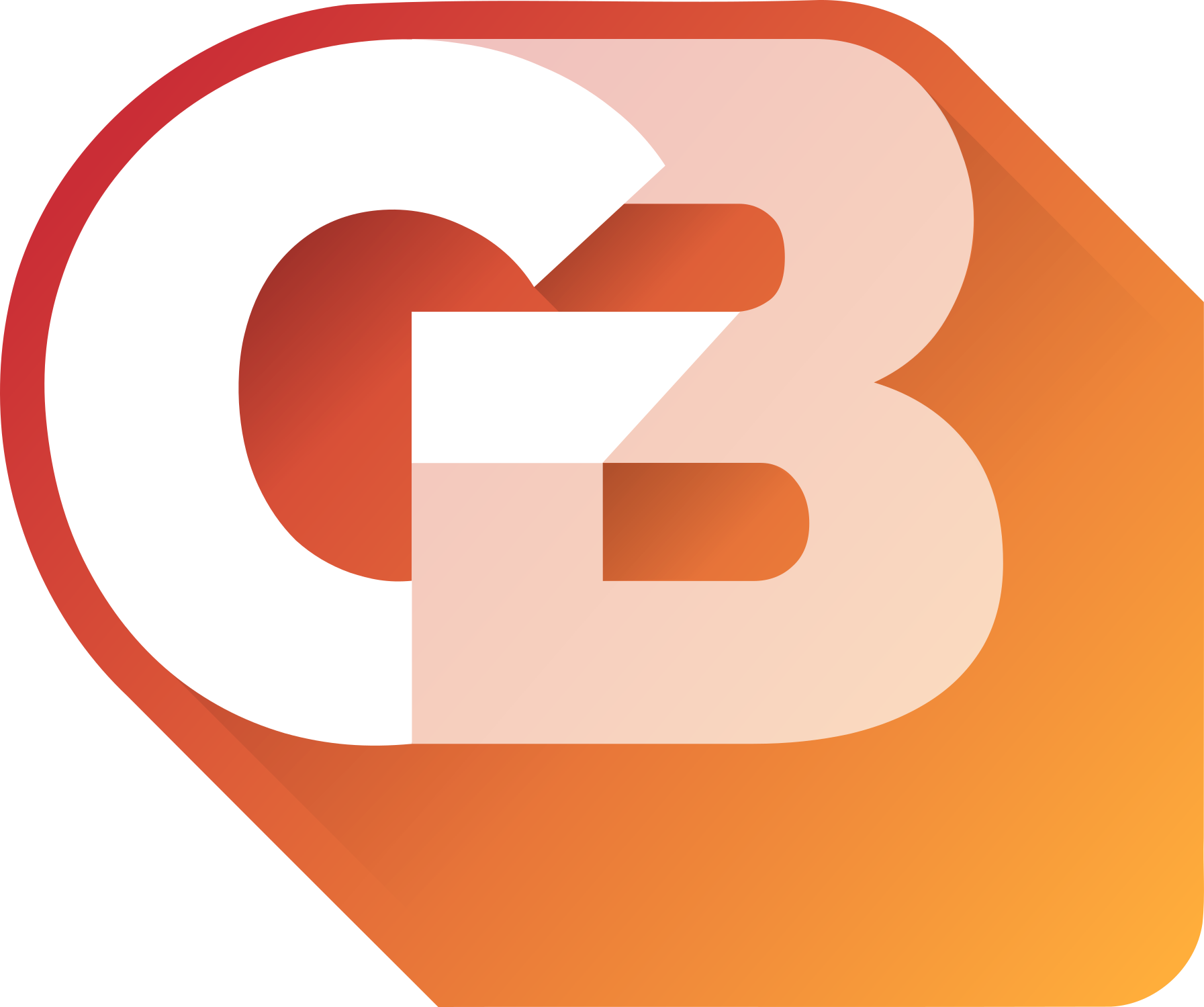My experience producing season 2 of the Camden Famous Podcast

It used to be called "filmmaking." Today, we call it "content."
The Camden Famous Podcast, though?
It's art.
For those unfamiliar, Camden Famous bills itself as the insider's guide to Midcoast Maine. April Shaw-Beaudoin is our guide, and you couldn't ask for a better host.
Together with her husband Buck and their intern Tessa, Camden Famous introduces us to the best that the Midcoast has to offer.
Be it a business like The Kea Method or The Strand Theater, jewelers like Harvest The Light, world-renown 0km restaurants like Primo, or festivals like the Camden International Film Festival, April and her team are able to humanize the people behind the projects through great conversation.
And my company had the honor of producing their podcast! I was there every day helping to make the show the best it could be!
The first episode of Season 2 is an interview with Chef Melissa Kelly of Primo in Rockland, Maine!
Production
Production took place on March 31st, April 2nd, and April 7th where we recorded 10 episodes and one sponsorship message from Camden National Bank.
March 31st
We had a busy day on March 31st. I was up at 4:30 AM to load up my car with an obscene amount of equipment.

My standard kit includes lighting, cameras, microphones, and a mixing board.
I was on the road by 6 and at The Salt Wharf in Camden, Maine by 7:30.
I unloaded my car and set up in the venue. Unfortunately, I didn't get footage or photos as I was too busy getting ready for the first episode.

We had four episodes on the schedule that day. We had four microphones, three cameras, two monitors, and one mixing board that I was constantly checking on.
As the guests for the first episode showed up, April had taken my advice from the first season to heart–do something fun with your guest to get them warmed up and less self-conscious. This truly seemed to work as we danced to each guest's song of choice!
You can see some of that here:
On the first day, we recorded The Apprenticeshop, The Strand Theatre, CMCA, and Primo. I learned something from each guest and found the conversations enthralling as I monitored my control board.
As we finished up for the day, the manager of the restaurant gave me permission to leave my equipment set up. This saved me a ton of time.
When I got home that evening, I started dumping the footage to my Network Attached Storage (NAS for short). The first day had over 1.5TB of video files across three SD cards.
Then, when I went to copy the audio from the mixing board's SD card; uh-oh!
Windows couldn't read the card.
I tried unmounting the card, removing and re-inserting it. But still nothing. Windows Disk Manager failed to even register there was a partition on the card.
"No problem," I thought to myself, "Linux will be able to read it." Yet, GNOME Disks said it was a "W95 FAT partition." That's not what it should say. And the drive wouldn't mount no matter what I tried!
There was a sudden seize of panic that gripped my chest...
The video files would essentially be useless if we didn't have the raw audio from the microphones. There was no backup and no failsafe. If I couldn't recover the audio from this SD card, today would have been a complete waste!
But I wasn't feeling completely defeated. I had used the mixing board to listen back to the first few minutes of the first episode after we recorded it. I knew the data was on the card.
So maybe my Zoom L-12 board was the only device that could read it?
Problem was, I couldn't check since I had left the board at the restaurant in Camden (about 45 miles away). So I just took a full byte-for-byte image of the card and retired for the evening.
Truthfully, that night I did not sleep easy. I had a nightmare that the data was irrecoverable. But we'll talk about the audio from day 1 a little later.
April 2nd

The next day of shooting was the following Wednesday and we had three guests on the schedule as well as the Simon Griffiths, the CEO of Camden National Bank, for their sponsorship.
But the thing I was most anxious about was the audio on the SD card. I had brought it with me and inserted it into the mixing board. All the files were present and accounted for. I could listen back to them and scrub through them, so that was a huge load off my shoulders. But why was the card not reading on Linux or Windows? I didn't have time to troubleshoot that in that moment.
One of the guests couldn't make it, so we had some extra downtime between the first and last episode. We interviewed Camden International Film Festival and KEA Dance Center.
This gave me time to get set up and ready for the sponsorship spot.
At the end of the day (around 2 PM) I got to record the talking head segment with Simon (who was a well-spoken and consummate professional). Then we went to capture B-roll of Simon, some bank employees, and April in Downtown Camden. Around 3:30 I was back at the restaurant to pack up my equipment and get home.
April 7th

The final day was quite long. I arrived early, once again, to get everything set up. We recorded four separate episodes and by the end of the day we were absolutely exhausted!
The four episodes were Bay Chamber & Midcoast Community Chorus, Jordan Adam Designs & Harvest The Light, Tenderwild Farm, and Dos Gatos & Paper Plane.
Buck and April helped me tear down the equipment and we were done by about 4 PM.
Saying goodbye was bittersweet. We were all so tired and ready to get some well-earned rest. But we had had so much fun working on the show! The episodes were an absolute blast to produce. April said "it's crazy to think I was so nervous about this before we started and now I'm sad we're not doing more."
Post Production
SD Recovery
The SD Card recovery process was actually quite simple, but I wasn't about to take any chances. I had an identical 32Gb SD card that had no important data on it. So I used the backup image to make a clone of the corrupted SD.
Then, I used fsck.vfat -n /dev/<sdcard> and it reported that the volume name did not match the partition name (or something to that effect). So I ended up just neeting to run fsck.vfat -r /dev/<sdcard> and it fixed the issue! The card was fully readable on Linux and on Windows.
Running Out of Space
After the shoot, I tallied up the total size of content I had gathered. 3.14 Tb of audio and video files. That's now the largest single production I've ever done by far.
Post-production was a rather long process. Given that my cameras were shooting at 3840x2160 and were using either Blackmagic RAW or ProRes 4:4:4, I'm not surprised that I ran out of space on my NAS.
Now, I'm not sure if you know how incredibly dense these formats are, but they're extremely heavy files and require exceptionally fast drives to keep up (and a fast network, too, in my case). While my NAS and network are both up to the task of serving those files in real time, my desktop is not able to handle two ProRes feeds and a BRAW simultaneously.
Keep in mind that this PC was top-of-the-line in 2022 when I built it. It's got a Ryzen 9 5900X, 128Gb of RAM, an Nvidia RTX 3080. And that's still not enough to handle these video files. Also, I should note it's connected to my NAS via a 10Gb network interface.
So what to do? Proxy clips. Basically, they're compressed versions of the original media that you use during the editing process to reduce the load on your machine. Once your edit is done and you go on to render the final cut, the original media is used for maximum quality.
And this is fine–in fact, most movies use proxies–but the problem is, proxies use up space. And I was already running out!
When all was said and done, the proxies consumed an additional 2 terabytes. That meant I needed to dump every non-essential file I had on my NAS to an external drive. That's why I bought this guy:

WD Elements Desktop HDD Storage - 20TB
Benefit from fast data transfers and effortless connectivity with USB 3.2 Gen 1/USB 3.0 devices, making backups of your photos, videos, and essential files a breeze.
Now, I do this once every other year or so as my NAS approaches ~90% usage. Consequently, I've got several of these drives kicking around archiving my videos and past client projects in case I need to go back and reference them.
These drives have been dependable for me and they're excellent for my cold storage use case.
To be clear: I wouldn't be able to edit directly off of one of these, but for archival purposes they work just fine!
Copying all the non-essential files off my NAS and onto this drive was a pretty slow process, despite having a USB 3.2 gen 1 interface. Keep in mind that my NAS has over 14 TB of usable capacity and most of that was being dumped onto this drive.
Once I cleared the various technical hurdles, though? It was smooth sailing. Generating proxy clips was a long process (over 20 hours) but editing was simple, quick, and most importantly it was a blast.
Multicamera Editing with DaVinci Resolve

Multicamera editing is great. I've got this DaVinci Resolve Speed Editor which makes the process super quick.

Blackmagic Design Davinci Resolve Speed Editor Bundle with Davinci Resolve 18 Studio
Small and Portable with Built-In Battery, Built-In Search Dial, Keyboard Shortcuts Match Edit Functions, Bluetooth or USB Connectivity, Bundle Includes DaVinci Resolve 17 Studio (Activation Card)
For example, I've configured the middle set of buttons to automatically cut and swap to the corresponding camera feed. I can watch back the episode and tap a button to cut to the guest angle, the host angle, or the wide angle.
I can also use the multicam preview here which shows me each angle at the same time. This lets me make informed decisions while cutting.
Having these different angles also allows me to hide any gaffes that guests might want cut from the episode.
The jog wheel on the right lets me speed through clips and hone in on precise moments I might want to target.
The Speed Editor combined with my regular Logitech MX Keys S keyboard and my MX Master 3S mouse made editing a breeze.
Obviously you don't need all this specialized equipment to be a great editor. But it all helps speed up the process.
All-in-all, this has been an incredibly fun and rewarding process and I couldn't be more excited to work with April and her team again in the future!
The podcast is available on YouTube, Spotify, and Apple Podcasts.
